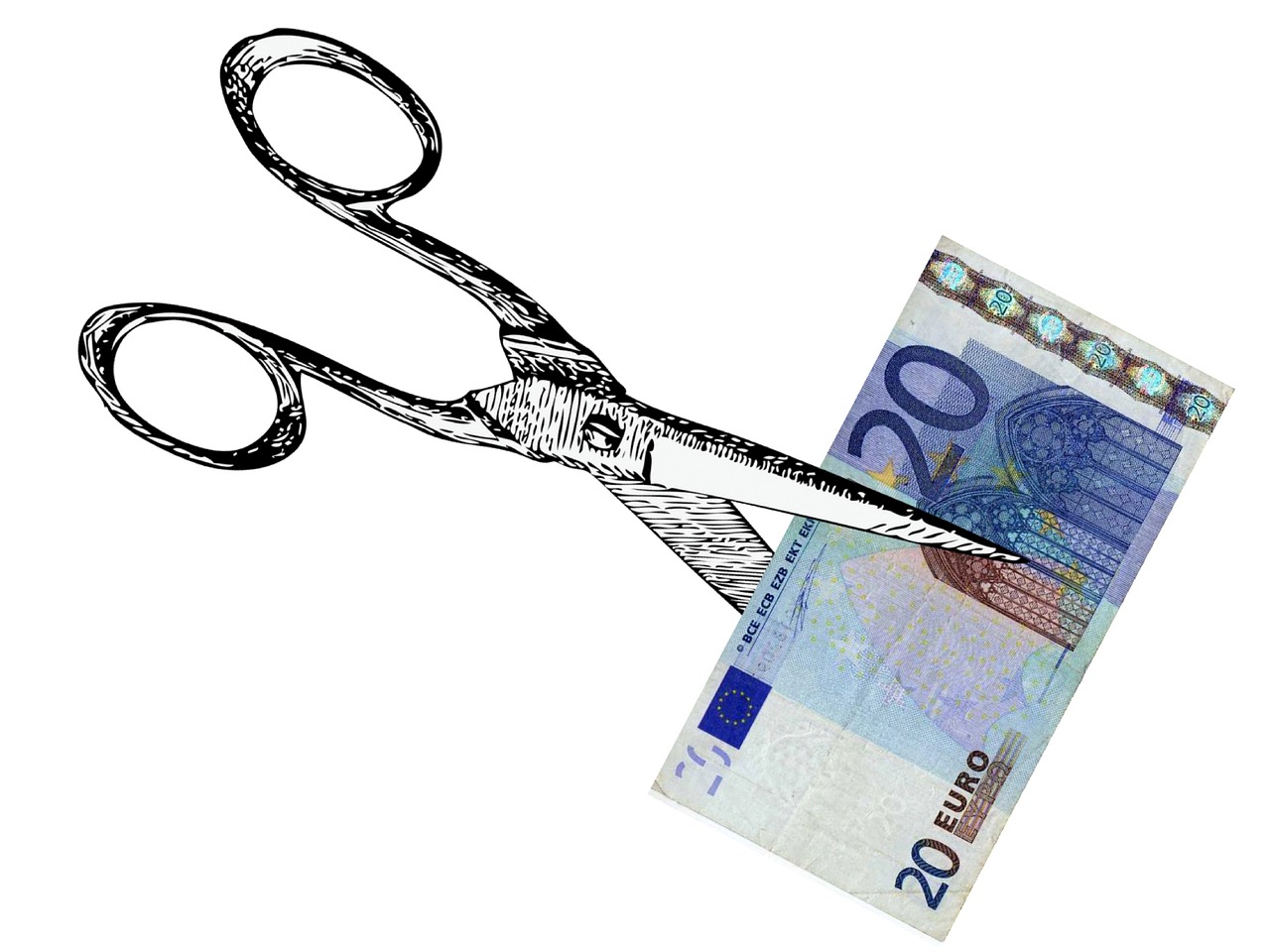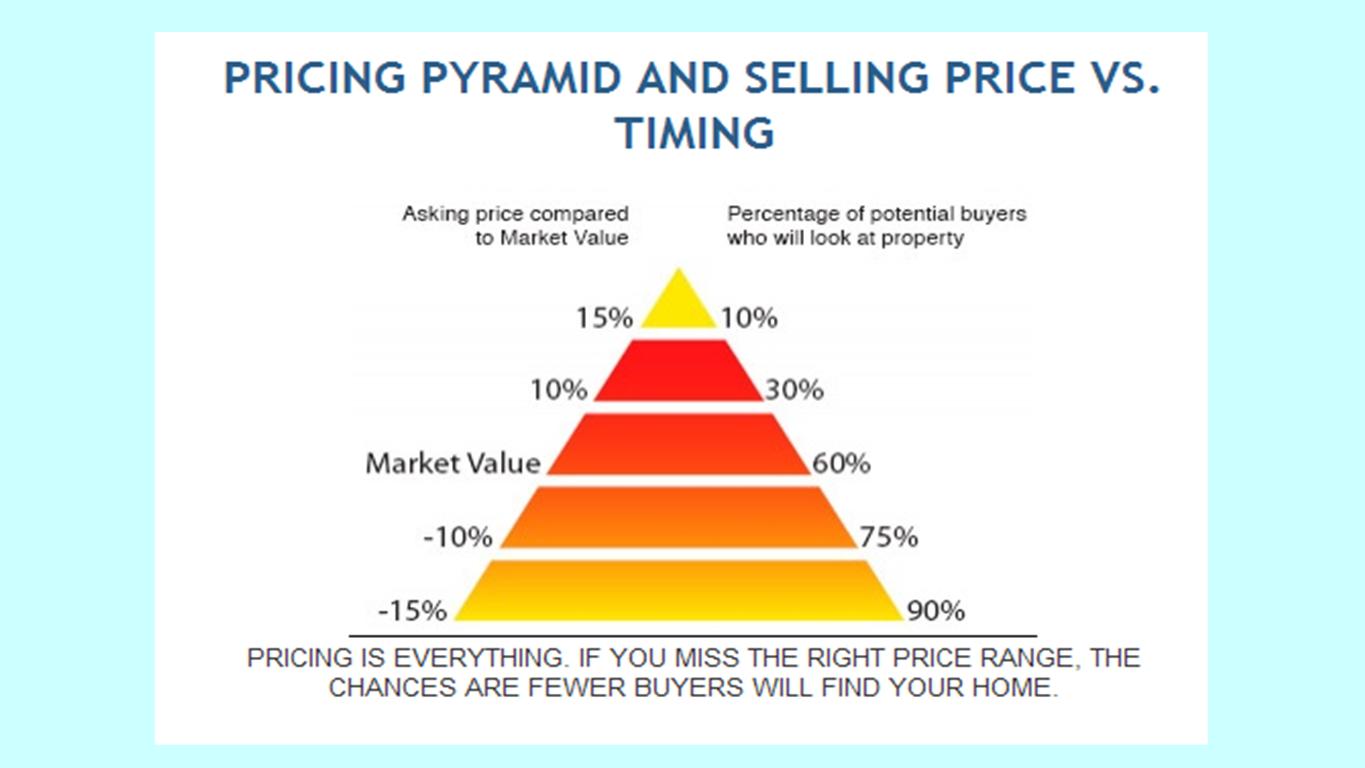Pricing Models for Startups

Image Courtesy:geralt
Pricing Models for Startups- Choose the right model
The pricing models for startups depends on the existing market for similar products and the severity of competition. The right pricing model is critical to be profitable.
The startups should realize that when environment is dynamic pricing models couldn’t remain static. That is why it is a common practice as a part of risk assessment for carrying out the price sensitivity analysis. (What happens to the bottom line if prices drop by 5, 10 or 15 %?)
“The moment you make a mistake in pricing, you're eating into your reputation or your profits.” - Katharine Paine
For me, it's not about price. It's about necessity, quality, and usefulness. Like, I have my Wet N Wild 666 lip liner. It's 99 cents and always has been. I started using it when I was in high school, and it's great. – FergiePricing Models for Startups- Pre-requisite
The startup entrepreneur has to gather market information before deciding on pricing models.
ü Number of Competitors
ü Geography to serve
ü B- B Supplier- Customers Reputation
ü Supply against government tenders which are decided on lowest price
ü Product requiring service
ü Technology Status

Pricing Models for Startups- Factors
1. Highly Competitive Market- Saturated or Low Growth
Normal strategy is to price on par with the competition if the features are similar. A higher pricing is possible if the product/service provides better features. However, competition can quickly add that features and may not increase the price.
2. Highly Competitive Market- Rapid growth
In this scenario, you can create your own ‘niche’ market by offering features or superior service and introducing loyalty programs. This offers scope for a higher price.
3. Lowest priced product
This is a strict redline. Customers can perceive it as a poor quality product. In the Indian automobile context, ‘Nano’ car was a failure as it was promoted as a cheap car. The design and fuel economy is acknowledged as one of the best in that category but sales never picked up. This had caused huge loss to the company. Even after 7 years, the company is finding it difficult to ramp up volumes. The learning is “It is difficult to change customer perception”.

4. Pricing Pyramid

Image courtesy- Mitchel Walker team
Customers pay the price when they perceive a value. In housing market, you can charge a premium in an upscale project by asking buyers to apply with their credentials. There is a selection process. The pricing could be more than the market value.
5. Innovative Products
The pricing can be higher at least until competitors bring a similar product. However, one can stay ahead of price curve by adding new features or having buy back arrangements for the old model.
Even a startup company requires continuous innovation to stay in the field.
6. Product feature pyramid ( Market Segmentation)
There
are customers at different price points. You can add a feature for which the customer is willing to pay a higher price.
It is common to refer as a stripped down version or entry-level product for customers at the bottom of the price pyramid.
A new entrant into mobile services wants to offer a smart phone at Rs. 2000($30).
Mobile / Laptop with higher memory and faster processors cost more.
Even in a commodity market like coffee powder, seeds sourced from a single estate can command a very high price.
A few pricing strategies requires deep pockets to promote the brand and startups may not be able to follow the predatory pricing strategy.
7. Emerging Trends – Technology Sector
i. Freemium Model
*Freemium is a pricing strategy by which a product or service (typically a digital offering or application such as software, media, games or web services) is provided free of charge, but money (premium) is charged for proprietary features, functionality, or virtual goods.
The product is free but supporting services are charged
ii. The base version is free but product with full features is priced. This is based on the assumption that product experience makes the customer want to upgrade to a paid model.
iii. Customer pays annual fees to use the features. Upgrades are free. This model helps in converting fixed cost to variable cost to the customer.
Pricing Models for Startups-Myths about Pricing-
1. Cost plus Strategy
Costs are internal to the organization. Customer will buy only when they perceive a value.
2. Profit Illusion
An entrepreneur was under the illusion she was making 20% margin on her product. When questioned closely she realized that she had not included her salary component.
3. Lowest prices in the market
This is the only way one can grow by volumes.
4. Fear of increasing the price when required.
This will hurt viability of business.

